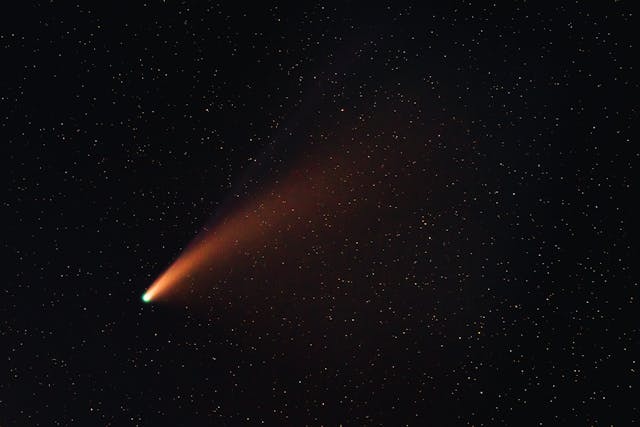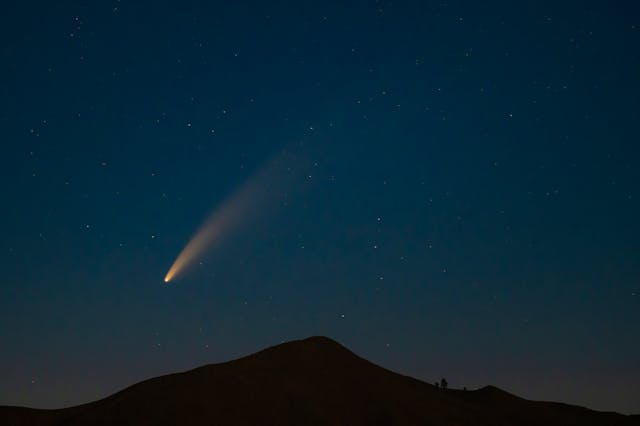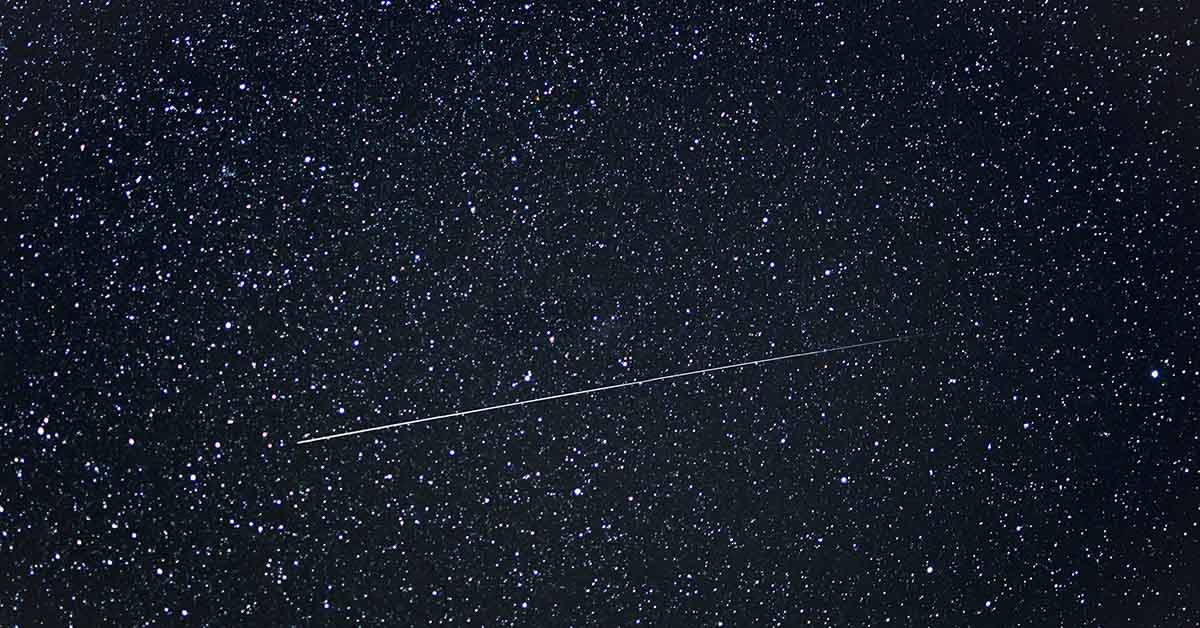In an exciting and rare new discovery, astronomers recently confirmed that a third known interstellar object has entered our solar system. The interstellar comet, dubbed “3I/ATLAS”, was initially spotted by the Deep Random Survey remote telescope in Chile on the 1st of July 2025. The comet immediately grabbed the attention of astronomers due to its strange motion. Their observations led to the initial conclusion that the object was interstellar, meaning it is not bound by the gravity of our sun. If this turns out to be true, it will be the third known interstellar object to enter our solar system after Oumuamua in 2017 and Borisov in 2019.
The Exciting Appearance of the Interstellar Comet 3I/ATLAS

Not only is 3I/ATLAS the third interstellar object to be recorded, but it is also the brightest and largest. This means that it could potentially help researchers reveal more clues about how other star systems are formed. The astronomers feel certain that it is an interstellar comet due to its unique trajectory. This is because it follows what is known as a hyperbolic orbit, meaning it is not bound to the sun’s gravitational force. Any object that has an eccentricity path above 1 does not loop round the sun and will likely return to interstellar space. For context, 3I/ATLAS’s orbital path has an eccentricity of 6.2.
This is exceptionally high, especially considering that the other two known interstellar objects have an eccentricity of 1.2 (Oumuamua) and 3.6 (Borisov). Another remarkable thinking about this new interstellar comet is its size. Oumuamua is estimated to be 100m in diameter, and Borisov is less than 1 kilometer. 3I/ATLAS, though, is estimated to be around 15 kilometers in diameter. However, more observations are needed to confirm these findings. Oumuamua was only observed as it was leaving our solar system. Therefore, astronomers were unable to capture enough data to determine if it was an asteroid or comet. Shortly after 3I/ATLAS was first discovered, a tail became evident, which has led to its assignment as a comet. Additionally, Borisov is also believed to be a comet.
Read More: Trees React to Volcano Activity Before Eruptions, NASA Finds
Position and Visibility

Currently, the interstellar comet is around 323 million mile from Earth, located within Jupiter’s orbit. On the 19th of December it will reach around 167 million miles from Earth. So, if you are concerned about it potentially striking Earth, you have nothing to worry about. Presently it is in the constellation Sagittarius in the arc of the Milky Way. It is around magnitude 18.5, which makes it around 2.5 million times fainter than Polaris. So, is it possible to see the interstellar comet? Well, for one, you would need a 150-200mm/6-8-inch aperture telescope with a CCD camera. It may even prove challenging for an amateur with decent equipment. However, the comet is expected to get brighter as it gets closer to Earth.
According to the Senior Lecturer in Astronomy at the University of Central Lancashire, Mark Norris, “By the time it makes its closest approach, it will be a relatively easy target for amateur astronomers to observe.” The comet will reach its closest point to the sun (perihelion) on the 29th of October. At this point, it will be lost in the glare of the sun when viewed from Earth.
Therefore, professional observatories will study it once the bright moon has departed, likely in the weeks after the last quarter moon (18th July). These studies are necessary as what we currently know about 3I/ATLAS is based on preliminary data. Since its initial discovery, it has only been observed with small telescopes. Why are these findings so important, though? Well, according to Professor Martin Barstow, “They undoubtedly carry chemical signatures from outside the solar system, so gaining observations tells us a lot about the possibility of material traveling between planetary systems. If we could get a sample from one, one day, it would be an incredible breakthrough.”
Read More: 13 Astonishing Images Taken By Voyager 1 On Its Way to Interstellar Space
The Bottom Line

The discovery of 3I/ATLAS provides us with a unique glimpse into the mysteries beyond our solar system. Studying this interstellar comet could potentially help scientists learn more about other solar systems, such as how they form and develop. While it poses no threat to us here on Earth, it does offer us the opportunity to learn more about our place in the universe. Since it is only the third known interstellar object yet observed, who knows what further observations may yet reveal? Luckily, thanks to its orbit, we may soon learn more about the comet when it reaches closer to Earth and the sun on its return in the next few months.
Read More: NASA Detects Mysterious Deep Space Object Sending Signals Every 44 Minutes

